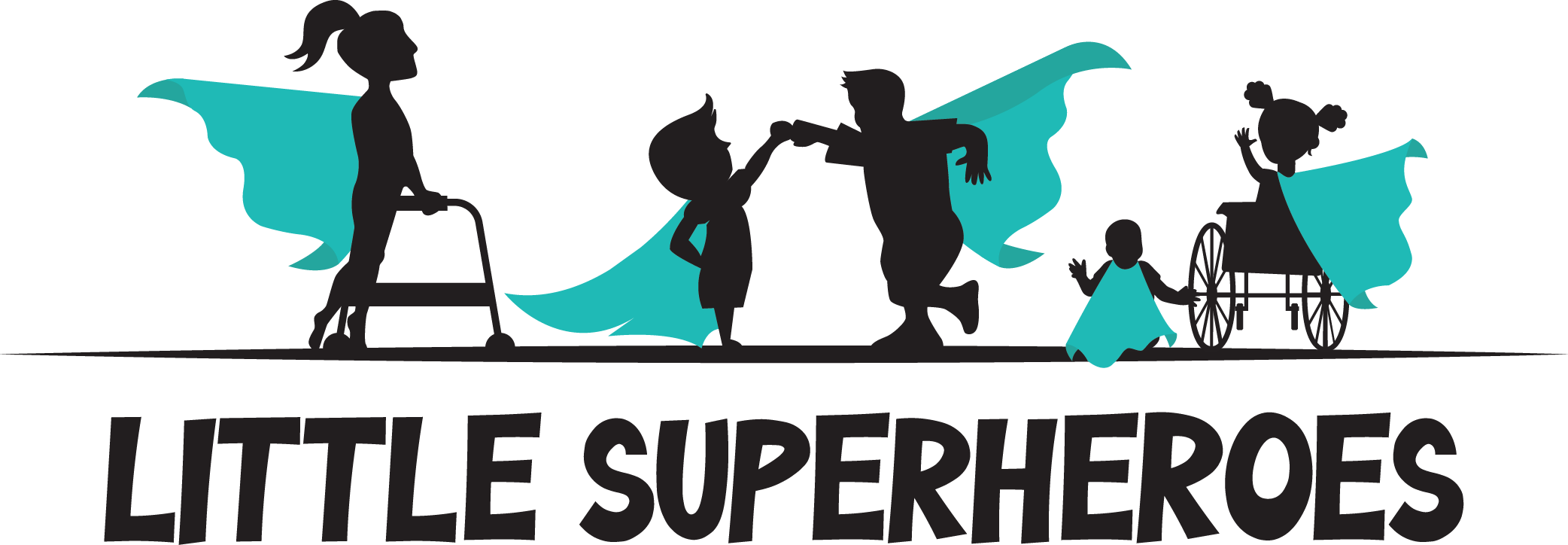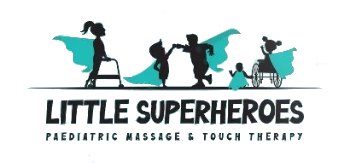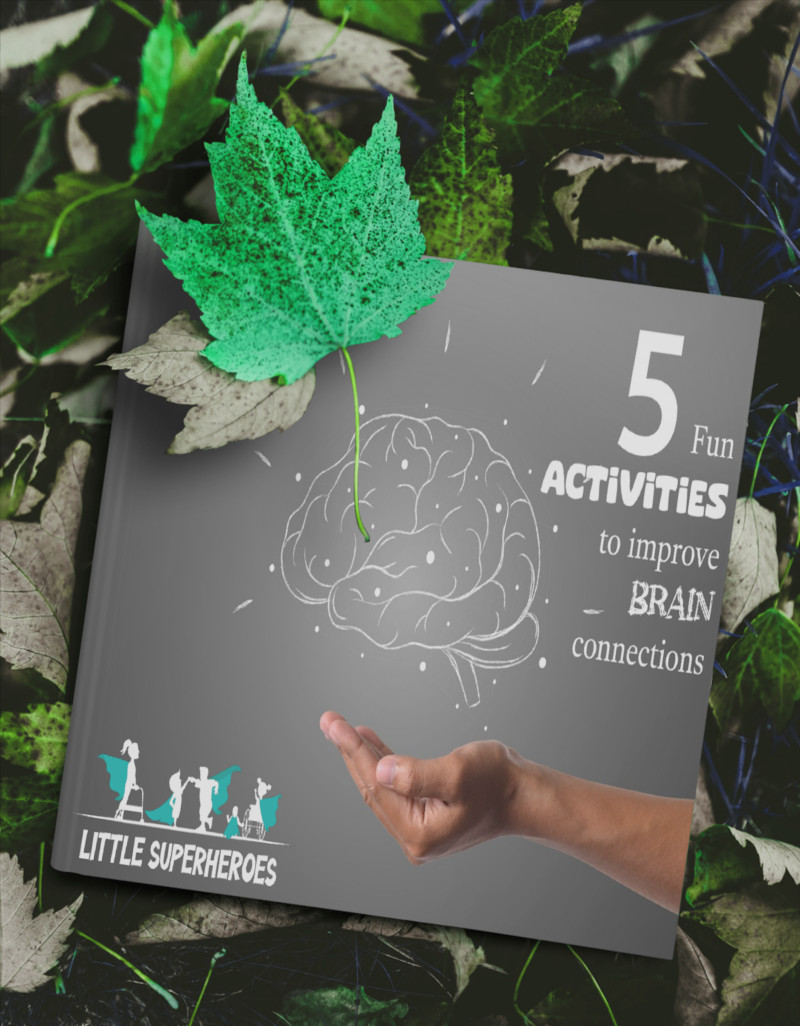
School holidays are often a mix of joy and challenge, particularly for families with neurodivergent children. Without the structure of school, days can quickly spiral into chaos,

As parents, we know how captivating screens can be for our neurodivergent kids. They provide predictability, entertainment, and sometimes, much-needed breaks for us. But during the holidays,

As parents of special needs or neurodivergent children, we often pour all our energy into making the holidays magical for our kids. But amidst the chaos of

As someone deeply committed to supporting neurodivergent children and their families, I witness daily how the current education system falls short of meeting the needs of these















